Counting the Rounds: North Korean Ammo Transfers to Russia
North Korean Ammo Deliveries Exceed 500,000 Rounds: What It Means
After conducting extensive research and a comprehensive analysis of North Korean deliveries to Russia, utilizing a combination of satellite imagery, open-source information, documentation, and insights from reliable sources, our team has successfully formulated estimates regarding the quantities of artillery ammunition supplied to Russia during the past two months.
Based on our assessment for the period spanning from September to the end of October, our calculations indicate that Russia has received roughly 2,000 cargo containers, which collectively house an arsenal of over half a million artillery shells. This estimate, which leans toward the conservative side, suggests that the actual number likely surpasses 500,000. These artillery shells encompass both 152mm and 122mm calibers, signifying a substantial enhancement of Russia's military capabilities, particularly as the winter season approaches.
In late July, Shoigu's visit to North Korea raised questions among analysts about the possibility of Russia receiving ammunition from its neighbor. In August, Russia initiated the expansion of the Tikhoretsk ammunition depot, which remained active throughout the ongoing war. As September progressed, ammunition shipments from North Korea commenced, and by early October, both the White House and CSIS released reports confirming the transfer of ammunition from Korea to Russia
Tikhoretsk Ammo Depot
The Tikhoretsk ammunition depot, previously known as the 719th Artillery Ammunition Base, was used as an artillery ammo depot during the war. It has played an important role in the supply of various types of ammunition, including 152mm, 125mm, and 122mm, along with smaller ammunition like hand grenades, VOG grenades, and PG-7 (RPG-7 ammo).
Utilizing three sets of images taken on August 8, August 19, and October 14, we have been able to closely observe the changes that occurred within the Tikhoretsk ammunition depot. These images provide strong evidence that the modifications began in mid-August:
August 8th
We've highlighted noticeable alterations using orange rectangles, aiding in the visual identification of these changes.
August 19th
October 14th
Thanks to the photos released by the White House and the satellite imagery obtained by our team, we can confirm that these expansions coincided with the arrival of 20 ft cargo containers. Our independent verification through satellite imagery corroborates this:
Visual evidence clearly demonstrates that when the cargo arrived, the recently excavated berms were still empty in September:
However, in the October shots, we can clearly observe the presence of ammunition boxes within the berms, providing compelling visual evidence that these containers are indeed being used to transport ammunition.
Once we have independently confirmed that the transported cargo indeed comprises ammunition, we proceed to the next step, which is to determine the exact delivery quantities.
Cargo containers size
To ensure consistent container sizes for the ammunition transported between the North Korean Rajin port and the Tikhoretsk ammunition depot, we conducted a thorough inspection. Our examination confirmed the consistent use of standard 20 ft containers, in contrast to larger 40 ft containers. Further evaluation ensured that these containers maintained their uniform size, both during sea transport and when unloaded from train flatcars. The containers' coloring and the presence of a discernible white logo in satellite imagery strongly indicate that they are standard commercial-grade containers.
After confirming the consistent use of 20 ft containers for all delivered cargo, our next step was to determine the potential volume of deliveries within each container.
Typically, a standard 20-foot container has a capacity ranging from 20 to 27 tons, which can vary based on governmental regulations and railway requirements. For our research, we took a moderate approach and considered an average weight of 23.5 tons per container.
These standard 20-foot containers also have a volume of approximately 33 cubic meters. After conducting multiple calculations, which involved assessing the volume of ammo crates and the cargo volume load capacity of 20ft containers, we have consistently found that the weight limit is reached before the volume limit. Therefore, we have decided to prioritize the weight factor over volume considerations in our analysis
In real-world scenarios, achieving perfectly stacked crates is a challenging task, especially considering the logistical practices of North Korea and Russia. Consequently, again, we will focus on the weight factor over volume considerations.
To calculate the quantity that can be accommodated, we will rely on two verified net weight values for 152mm boxes:
Net weight: 85kg
Net weight: 81kg
Supposing a container's weight limit is 23,500 kg (or 23.5 tons), we can compute the approximate number of boxes that can be accommodated within each container:
23,500 kg ÷ 85 kg ≈ 276 boxes per container.
23,500 kg ÷ 81 kg ≈ 290 boxes per container.
The weight data for the 122mm ammunition boxes is as follows:
A net weight of 83 kg allows for approximately 283 boxes per container.
A net weight of 80 kg results in approximately 294 boxes per container.
A net weight of 89 kg accommodates around 264 boxes per container.
Considering photographic evidence that points to a net weight of 89 kg for the 122mm boxes, we will employ this value as the reference for calculating the quantity of 122mm boxes that can be loaded into a container.
23500: 89 = 265 boxes per container
An important detail to note is that ammunition shipments also include fuses, which are typically stored separately. In the case of the fuse boxes used for both 122mm and 152mm ammunition, each of these boxes contains 16 fuses and has a net weight of 7 kg.
In summary, to have enough fuses for a 20 ft container with 152mm boxes, you would need approximately 17 boxes of fuses, totaling around 120 kg in weight. We consider this weight to be relatively insignificant and not substantial enough to exert a significant influence on our calculations. To put it in perspective, this weight is roughly equivalent to that of just one and a half boxes of either 152mm or 122mm ammunition.
Verification
To validate our estimate regarding the number of ammunition boxes that can be accommodated in a 20ft container, we compared the maximum load capacity of cargo wagons with the maximum capacity of containers. This required us to identify the type of wagons and their load-bearing capabilities. Our research confirmed that the Tikhoretsk ammunition depot employs 68-ton wagons, establishing a reliable basis for our calculations.
To determine the factor between the maximum tonnage of cargo wagons and the maximum tonnage of containers, we performed the following calculation: 68 (maximum tonnage of cargo wagons) ÷ 23.5 (maximum tonnage of containers) = 2.89
Following this, we consulted a reference table which indicates that 792 boxes of 152mm ammo can be loaded into a 68-ton wagon. Using this data, we calculated the expected number of ammo boxes that could fit into a 20ft container:
792 ÷ 2.89 = 274 boxes.
This calculation closely corresponds to our previous estimate of 276 boxes, further reinforcing our confidence in the overall accuracy of our model.
How many containers?
According to a statement from the White House, it was confirmed that the containers were shipped between September 7 and October 1. Additionally, John Kirby has reported that North Korea supplied Russia with over 1,000 containers containing military equipment and munitions.
As per the information we've received from our well-informed source, the current shipment consists of well over 2,000 containers. While we have confidence in our source, we acknowledge that it may not be considered definitive evidence. However, there are additional factors that support the credibility of this number.:
The White House previously confirmed the shipment of 1,000 containers in the period between September and October. Now, it's been another month, and we have satellite images taken on October 27th showing a ship at North Korea's Rajin port with cargo. This indicates that shipments are continuing, extending almost a month beyond the White House's announcement of 1,000 containers in early October.
Although we couldn't monitor all shipments due to resource constraints, we did manage to document several shipments in October. For instance, on October 27th, a Russian vessel in Rajin was actively involved in cargo operations at the pier. We could visually confirm at least 109 containers, but the actual number could be much larger as many containers may be double or even triple-stacked. Additionally, another pier used for similar operations had multiple cargo containers on the pier, totaling over 161, where containers might be double-stacked.
Estimating specific quantities for each type of ammunition is a challenging task due to the lack of detailed information. Nevertheless, we can propose several estimation approaches for the overall shipments. These approaches are not entirely arbitrary; they are based on the increasing demand, especially for 152mm ammunition, its widespread use, and North Korea's capability to provide it. Therefore, in our scenarios, we allocate at least 50% of all supplied ammunition to the 152mm caliber.
Variant 1: Assuming an even 50% distribution between 152mm and 122mm shipments, the total number of deliveries can be estimated as follows:
For 152mm: 276 (ammo crates per container) * 1000 (number of containers) * 1 (number of artillery shells per box) = 276,000 pieces.
For 122mm: 264 (ammo crates per container) * 1000 (number of containers) * 2 (number of artillery shells per box) = 528,000 pieces.
Variant 2: Our team anticipates a distribution more skewed towards 152mm ammunition, estimated at 75%, with 122mm constituting the remaining 25%. Therefore, the total number of deliveries can be approximated as follows:
For 152mm: 276 (ammo crates per container) * 1500 (number of containers) * 1 (number of artillery shells per box) = 414,000 pieces
For 122mm: 122mm count = 264 (ammo crates per container) * 500 (number of containers) * 2 (number of artillery shells per box) = 264,000 pieces
Variant 3: We consider that the delivery includes not just 152mm and 122mm items but also 120mm, as they have been observed in Ukraine previously. However, it's important to note that 152mm items still make up a significant portion of the delivery. Therefore, we estimate the distribution is likely as follows: 152mm - 70%, 122mm - 20% and other ammo - 10%
For 152mm: 276 (ammo crates per container) * 1400 (number of containers) * 1 (number of artillery shells per box) = 386,400 pieces
For 122mm: 122mm count = 264 (ammo crates per container) * 400 (number of containers) * 2 (number of artillery shells per box) = 211,200 pieces
The rest: = Remaining 10%
Variant 4 (Conservative estimate): We've also taken into account the scenario where cargo containers carry less weight than the assumed 23.5 tons. In this case, if they carry only 20 tons, the calculations would look like this:
For 152mm: 235 (ammo crates per container) * 1400 (number of containers) * 1 (number of artillery shells per box) = 322,000 pieces
For 122mm: 225 (ammo crates per container) * 400 (number of containers) * 2 (number of artillery shells per box) = 180,000 pieces
The rest = Remaining 10%
As you can observe, even in this scenario, the difference is not substantial. This provides us with confidence that even if our calculations have some margin of error, the result is unlikely to deviate significantly from the numbers presented in this report.
These numbers also closely align with numbers provided by Estonian intelligence.
As EDF intelligence commander Col. Ants Kiviselg stated: "Assuming that one sea container can hold 300-350 pieces of artillery ammunition, it can be said that a total of 300,000 – 350,000 pieces have been transferred." Considering that the figure he provided was for 1,000 containers, and we are now discussing 2,000 containers, the numbers appear to be roughly consistent.
One of the crucial factors to consider is the quality of the ammunition. To estimate the potential dud rate of artillery ammo, it's essential to determine the year of production and gather past performance information. We reached out to the team behind UAWeapons, a well-known X (former Twitter) account managed by a group of specialists who have provided valuable insights and tracked weaponry during the war. According to their assessment, the ammunition is likely from the period between 2000 and 2010, indicating that it is not of Soviet-era production. However, there is a possibility of a relatively high dud rate, possibly as high as 25%. While it's challenging to provide an exact calculation of the dud rate, we have valid reasons to anticipate that it may be more than usual, though an accurate figure is currently unavailable.
Conclusions:
The quantity of supplied ammunition is a cause for concern for Ukraine, especially given the war's heavy reliance on artillery. While there have been intermittent shortages and reduced artillery firing rates, the Russian forces still maintained their own stocks of artillery ammunition. Now, these stocks have been bolstered by additional deliveries from North Korea. In the initial phases of the invasion, Russia possessed substantial advantages in terms of ammunition and artillery, which, combined with various other advantages, allowed Russians to occupy significant territories. While this won't provide Russians with a similar level of advantage as the operational environment has changed significantly, this ammo batch can be enough to run another large, or two smaller-scale operations. This will be contrasting with Ukrainian forces which just exhausted a lot of their ammo in the summer counter-offensive.
This also raises questions about whether Russia provided financial support to the cash-strapped North Korean regime or shared other military technologies, potentially affecting the Korean peninsula.
Links and sources:
1. https://beyondparallel.csis.org/dramatic-increase-in-dprk-russia-border-rail-traffic-after-kim-putin-summit/
2. https://twitter.com/UAWeapons/status/1715421360644600064/photo/2
3. https://reibert.info/lots/cink-ot-rgm-2m.397529/
4. https://eurovektrans.com/ru/zheleznodorozhnyye-gruzoperevozki/perevozki-v-krytykh-vahonakh.html
5. www.compancommand.com/index/normy_zagruzki/0-4175
6. https://www.cnbc.com/2023/10/14/us-says-north-korea-delivered-1000-containers-of-equipment-to-russia.html
7. https://news.err.ee/1609139906/edf-colonel-russia-still-has-four-million-artillery-shells-left





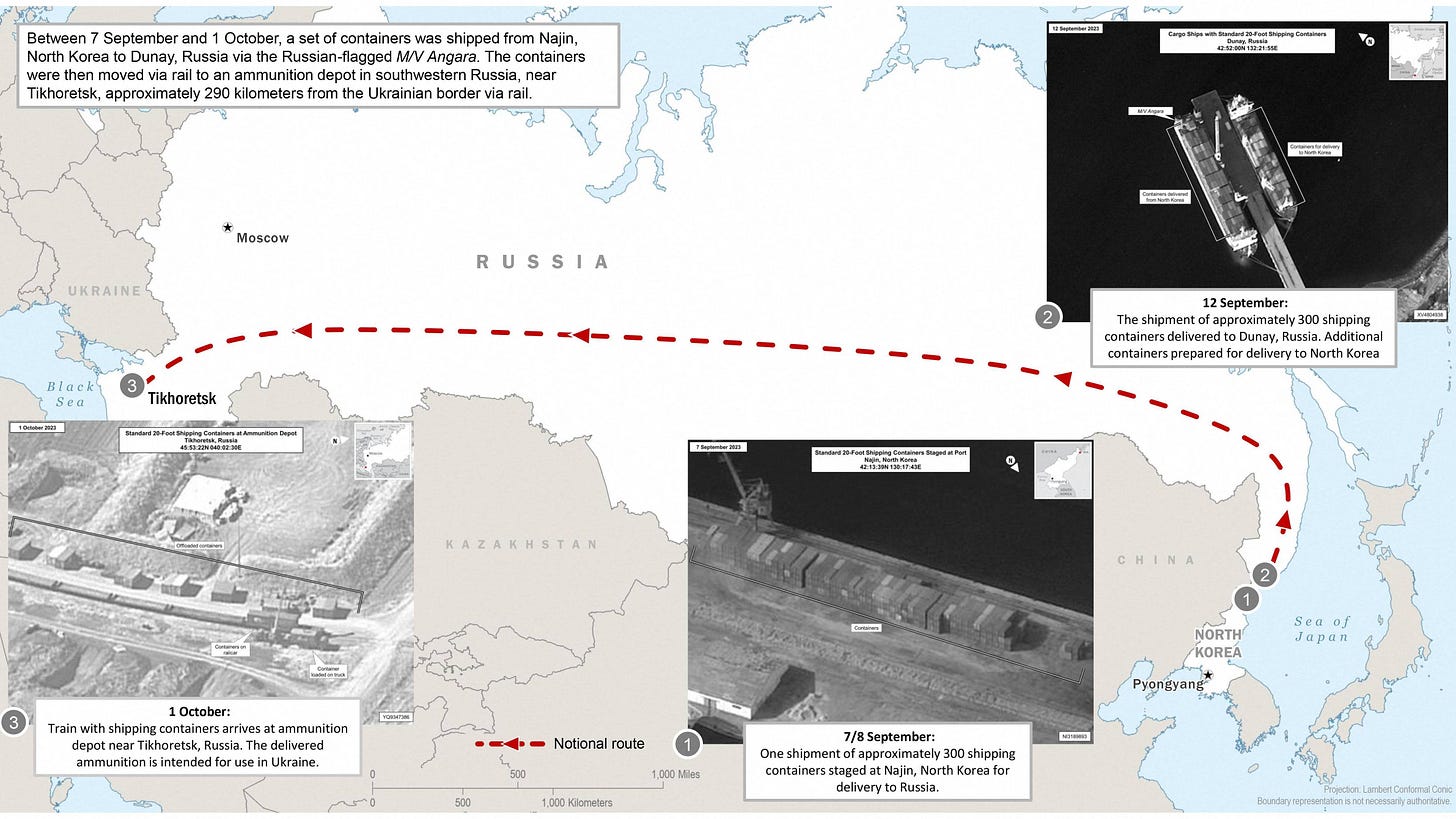

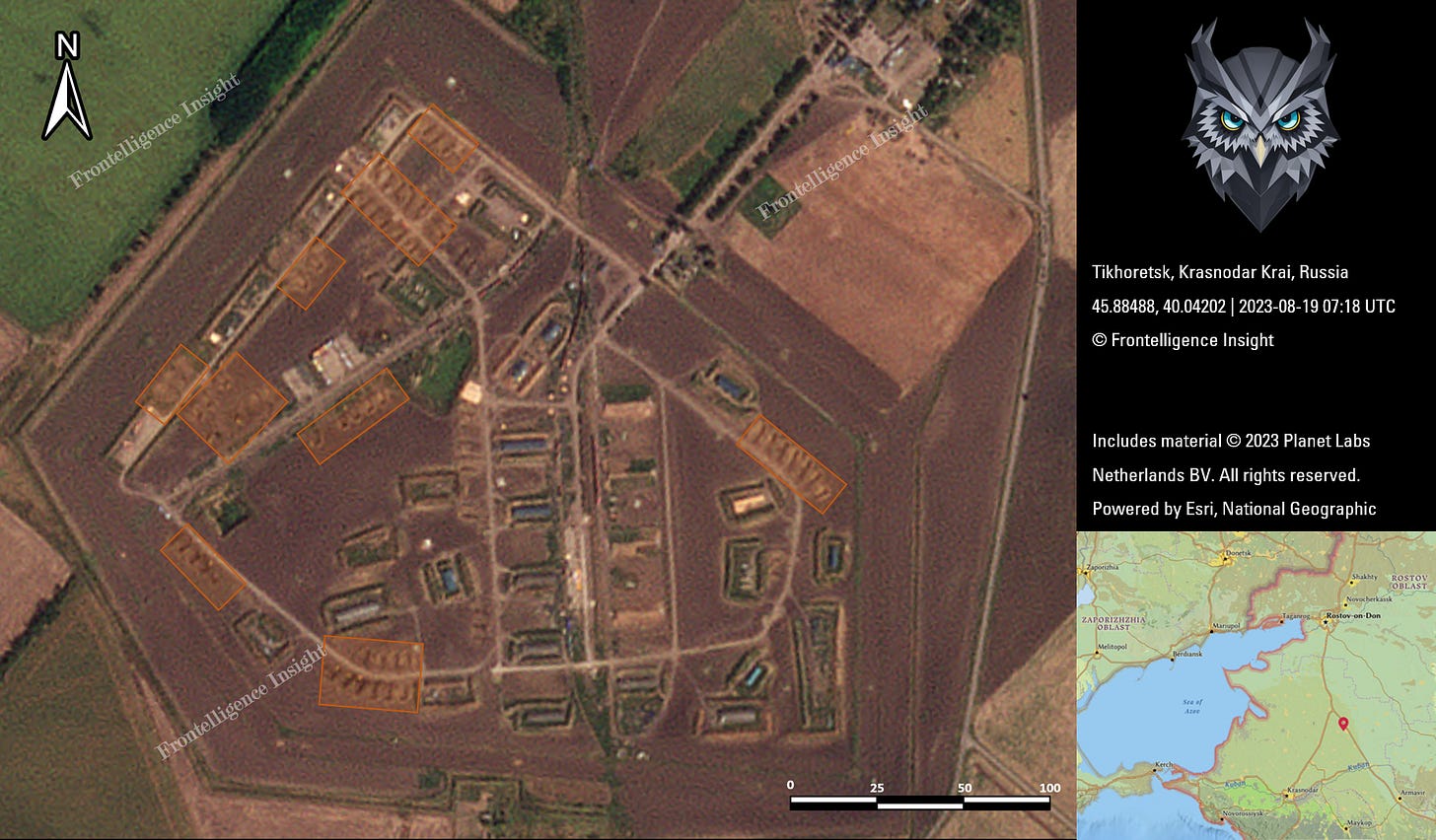





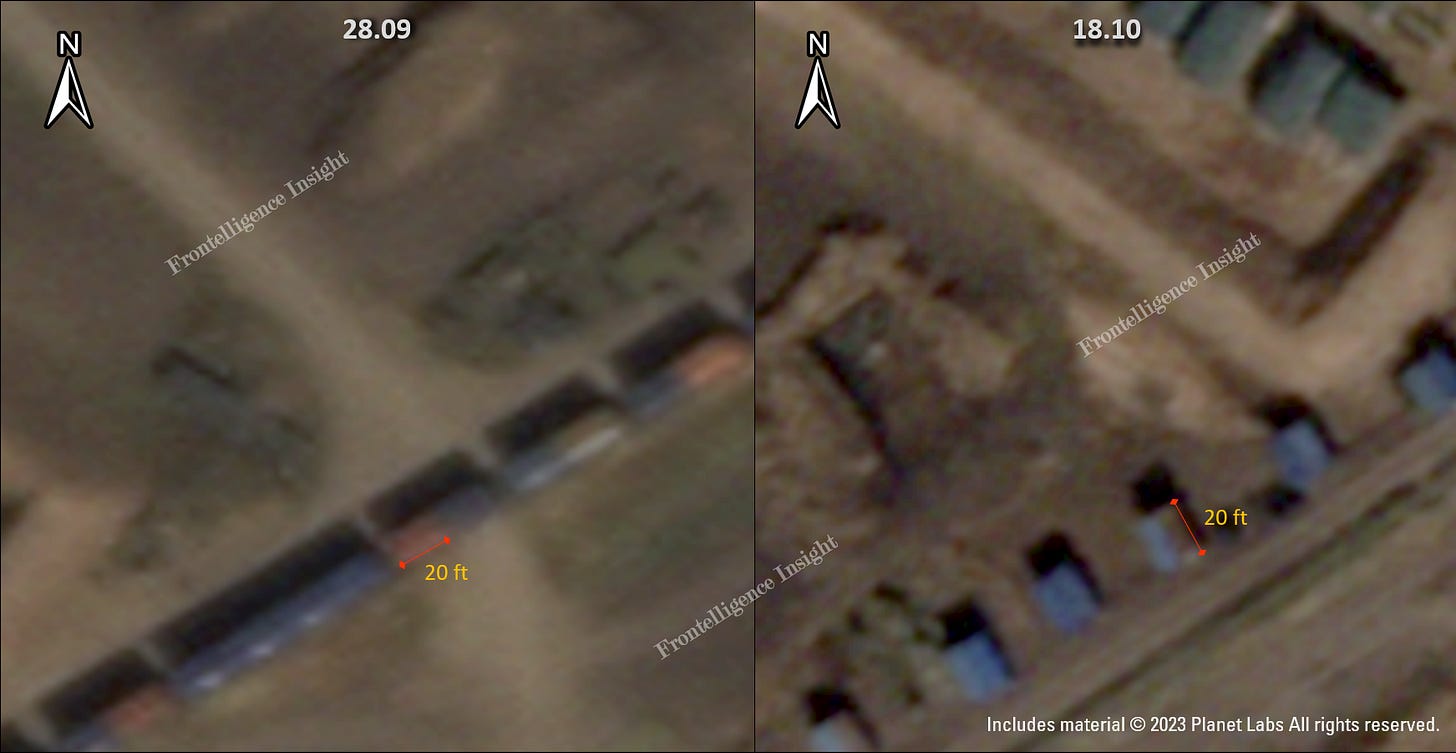
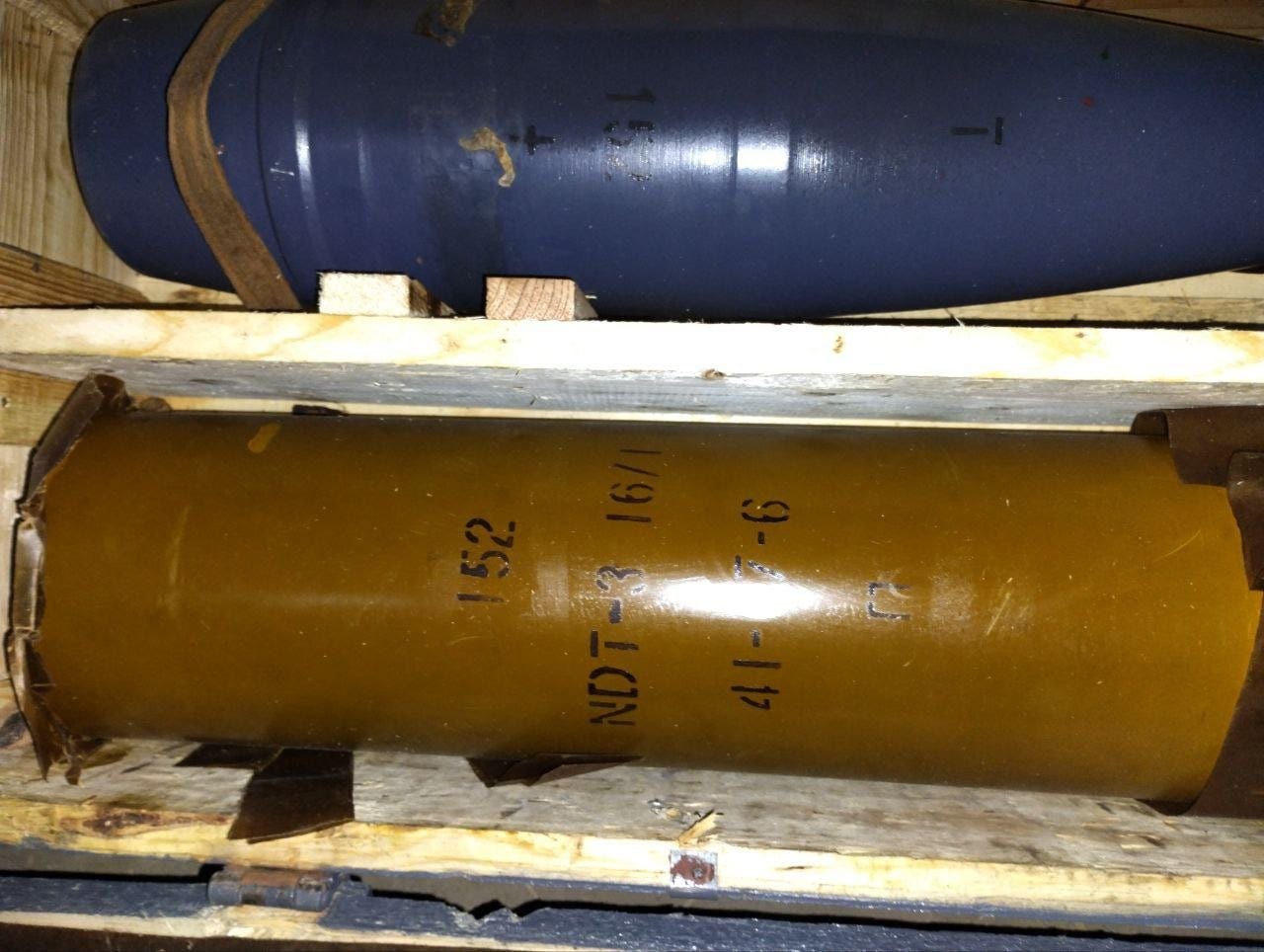

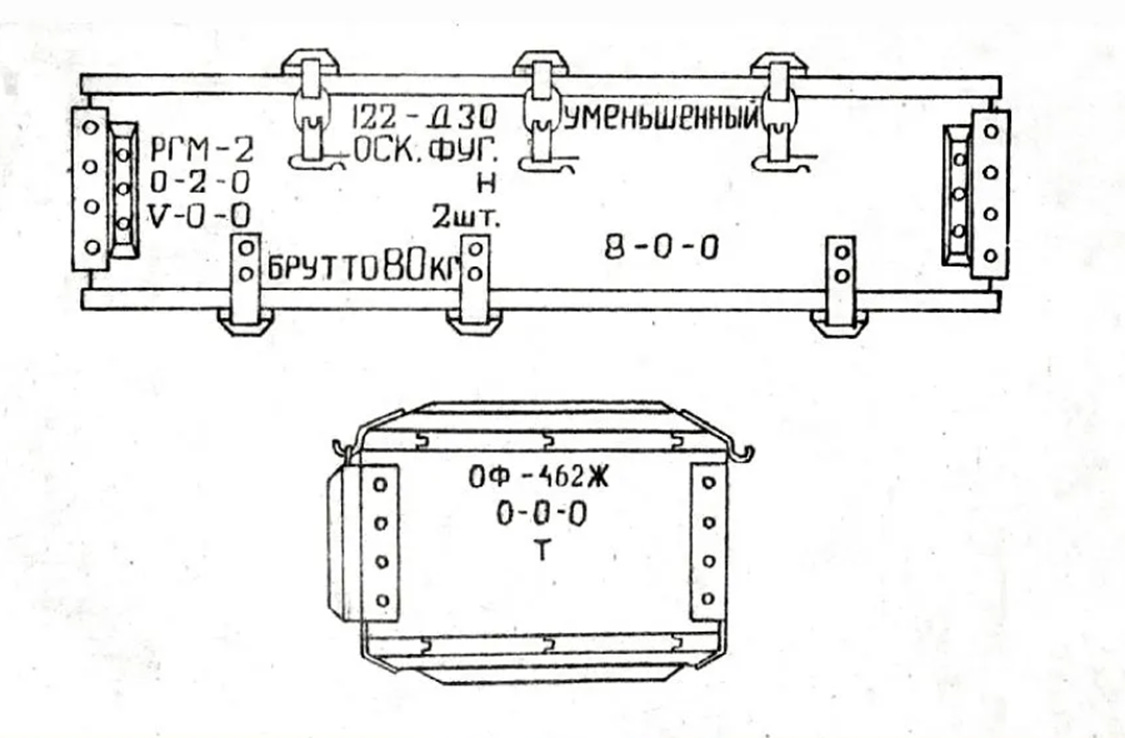




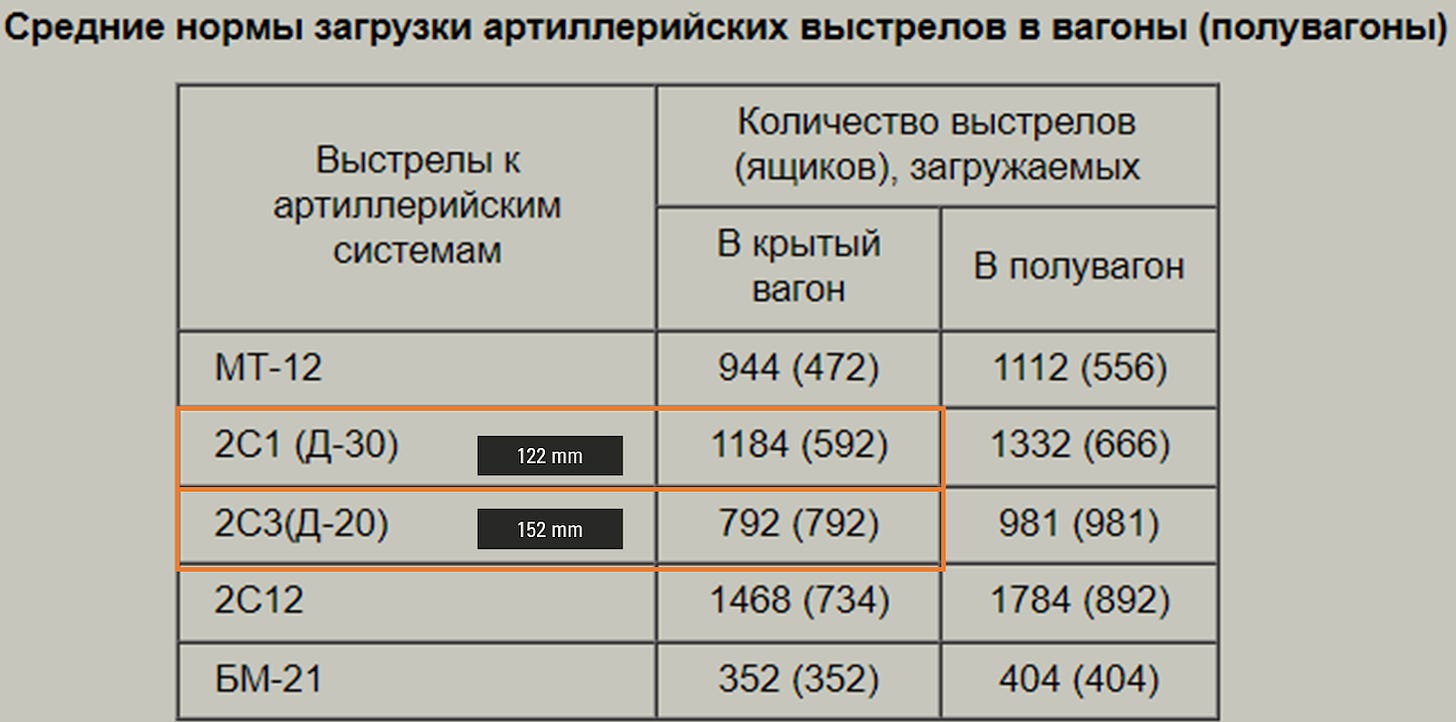


One minor correction:
We originally mentioned "net weight," but we meant to refer to the "gross weight." We apologize for any confusion.
As a south korean, I didn't want to believe NK can deliver hundreds thousand shells to other country. If they can even produce it, will be significant threat to SK security.